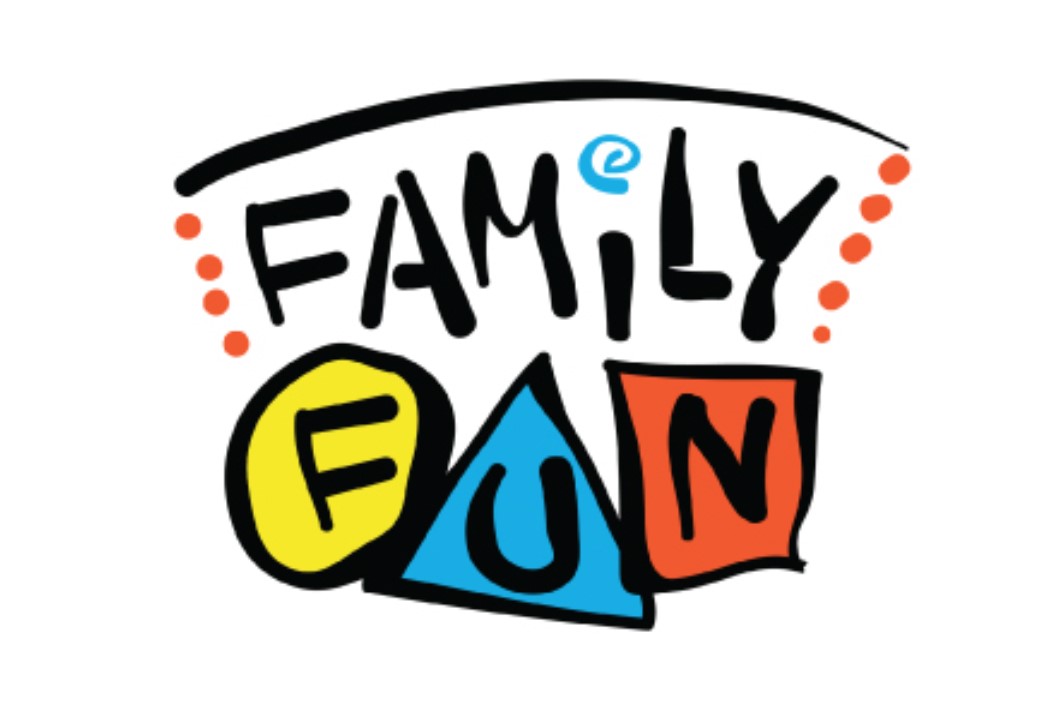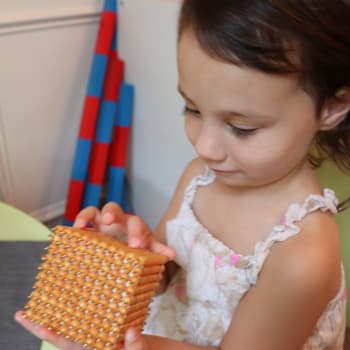This is a frequently asked question?
This is a FAQ description. Add more detail about this service, such as benefits, appearance, components and value

13218307040
Meet Susie, a spirited girl with a love for learning and a heart full of curiosity. Despite facing certain challenges, Susie’s enthusiasm knows no bounds. Through the magic of functional play, she discovers a world of growth and excitement:
Cooking Adventures: Susie dives into her toy kitchen, whipping up imaginary feasts and learning about ingredients, measurements, and sharing.
Supermarket Quests: Susie navigates the “grocery store” aisle with a tiny shopping cart, practicing her counting and interaction skills with play-food items.
Creative Dress-Up: Donning various outfits, Susie transforms into different characters, fueling her imagination and building her self-expression.
Construction Wonders: Susie builds towering block structures, not just playing but improving her coordination, focus, and spatial skills.
Friendship Tales: Susie interacts with friends in role-playing games as they embark on imaginative journeys, cultivating her social and problem-solving abilities.
Functional play is Susie’s guide to exploration, fostering skills, and creating unforgettable memories on her growth journey.
Functional play is all about learning through action. It helps kids with special needs practice skills while having fun. Here are some ways it works:
Imitating Daily Life: Children engage in play that imitates real-life activities they’ll encounter, like cooking, dressing up, or pretending to shop.
Communication Building: Activities like playing house or restaurant encourage kids to use language, helping them develop communication skills.
Motor Skill Refinement: Building with blocks, drawing, or cutting shapes refines motor skills and coordination.
Social Interaction: Playing together in roles (like doctor-patient) teaches sharing, taking turns, and teamwork.
Problem-Solving: Figuring out how to fit puzzle pieces or build structures teaches valuable problem-solving skills.
Functional play is useful during the sensorimotor stage (0 – 2 years) when children explore the world through trial and error, using their senses and simple movements. It is a time when they are learning how to use their bodies so functional play goes hand in hand with fine and gross motor development. All that repetition strengthens the body and improves coordination.
The functional play intertwines learning and enjoyment, empowering kids with special needs to develop essential skills while embracing their creativity. Goally, a dynamic tablet tool, amplifies functional play’s benefits for children with special needs. Its apps, from digital schedules to skill training, empower kids to learn essential life skills joyfully.
Discovery Putty for Kids by Fun and Function
Chris Athey, a Constructivist Educator, further developed Piaget’s theories and the need for understanding play schemas in education. She was the director of the Froebel Early Education Project in the 70s which was an important study in understanding the way young children think.One aspect of this study involved discussing play schemas with parents and observing what behaviors they exhibited at home.
Play Schemas Activities
Play Video
In child development, Swiss Psychologist Jean Piaget (1952) defined schema as: “a cohesive, repeatable action sequence possessing component actions that are tightly interconnected and governed by a core meaning.”

It’s important for educators to understand their students and for adapting curriculum, but it’s also incredibly useful for parents.
Understanding that a particular behavior is really an uncontrollable urge and that they are learning while doing it can be helpful in more ways than one.
Sometimes your child may be exhibiting an undesired behavior that may be frustrating, but really they are in a particular play schema.
For example, one very common behavior in the toddler age is throwing food, plate, or silverware off their high chair or the table.
Understandably, it’s frustrating and we want to correct them.
However, they are experimenting while in the trajectory schema.
Believe it or not, they’re learning with every drop or throw.
Not only are they learning cause and effect, but they are discovering how different things fall at different speeds, how they all make different sounds, how they can drop or throw things, and that changes the result, even how it feels different in their hands as they’re dropped.
Once you have an understanding of why they are doing a particular behavior, and that they aren’t simply misbehaving, it makes it easier to cope.
Then you can give them other outlets to safely explore with a more appropriate activity.
By fulfilling that urge in another way, it will hopefully curb the unwanted behaviors. In addition, knowing your child’s interests can be helpful in planning activities that they will enjoy and that will further assist in brain development. Not every child enjoys the same types of activities, and understanding play schemas will allow you to tailor activities to interests that may otherwise not be obvious. Some children may not enjoy arts and crafts, but once you discover their play schema, you can plan art that will really pique their interest.
While Maria Montessori didn’t discuss schemas specifically in her teachings, she believed in child-centered learning, and that it is best to “follow the child”. What she meant was it’s important to observe the child for their interests, skill level, and needs and plan their environment and activities accordingly. Therefore, recognizing play schemas complement and align with the Montessori Method. Being able to do so will assist in creating your prepared environment customized to your child. You can also introduce different Montessori Practical Life Activities that support their schema interests.
(This post contains Amazon links.)
Children start showing play schema somewhere before or around their first birthday. Some children have strong, clear schemas, others are more subtle. Schemas can overlap, interconnect and combine over time as well. They are constantly changing and developing. There are nine most common play schemas: Connection, Enclosure, Enveloping, Orientation, Positioning, Rotation, Trajectory, Transforming, and Transporting. Below I explain each one and provide activities and ideas for toys/supplies for all ages. I will also discuss what areas of learning are possible in each play schema but keep in mind it is not limited to the ones listed. All offer opportunities for learning new vocabulary, building self-confidence, problem-solving skills, and just overall cognitive development.
Joining things together, connecting objects, tying things together, opening and closing things.
This can and often includes destruction/disconnection of what they’ve connected such as knocking over blocks they’ve put together.
Real-life Example: A child finds a piece of string and starts tying or wrapping it around knobs in the kitchen, connecting all the doors together.
What Are They Learning?: Examining how things come together and apart, fine motor skills, cause and effect, spatial awareness, and pre-science and math skills, such as predicting and estimating.
Nesting Box
Button Frame
Jigsaw Puzzle
Train Tracks
Threading Leaves
Paper chains
Spider webs with string
Nesting box – Check out instructions here
Train tracks that connect
Magnets
Jigsaw puzzles
Putting marker caps on/off
Velcro
Containers with lids
Cup and string phone
Famous building pics for structure building
Stickers or Tape

This is a FAQ description. Add more detail about this service, such as benefits, appearance, components and value
This is a FAQ description. Add more detail about this service, such as benefits, appearance, components and value
This is a FAQ description. Add more detail about this service, such as benefits, appearance, components and value
This is a FAQ description. Add more detail about this service, such as benefits, appearance, components and value